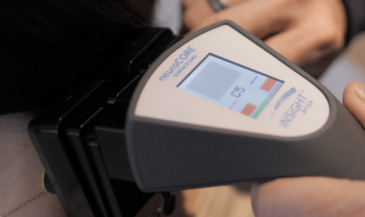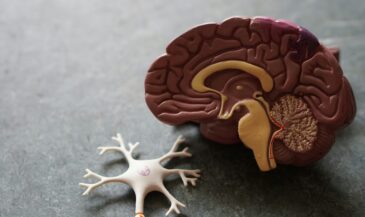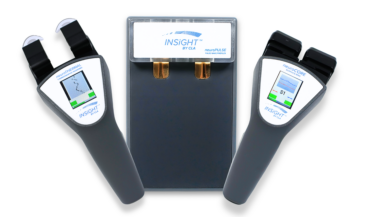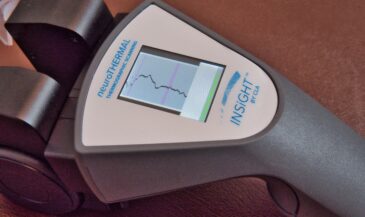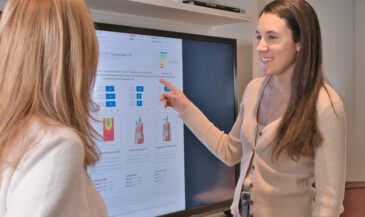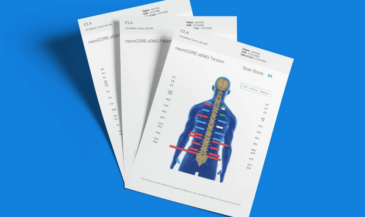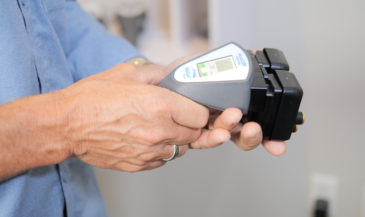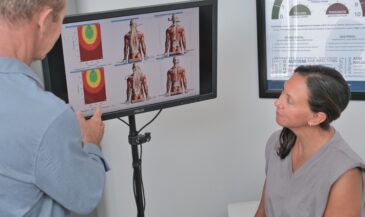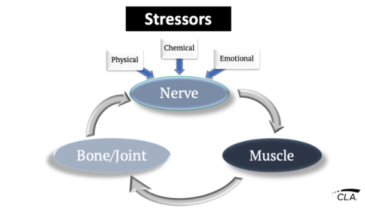By Dr. Christopher Kent
I was mortified when I first heard that some third party payers are refusing to cover chiropractic services for children under 12, or care for nonmusculoskeletal conditions in children (and adults) of any age. Doctors of Chiropractic have been adjusting children for over 100 years, and such care has not been limited to the episodic treatment of musculoskeletal pain syndromes. Who makes the determination of what constitutes an experimental or investigational procedure? The third party payer. For example, one carrier’s definition states, in part, “Treatments, procedures, equipment, drugs, devices, or supplies (hereinafter called services) which are, in our judgment, experimental or investigational for the diagnosis of the enrollee being treated are excluded.” (Emphasis added). Yep. They decide. It’s in the contract.
An examination of the current state of conventional medical pediatric practice will show that a double standard is being applied. The “offlabel” use of drugs in children is the rule, not the exception. Benjamin et al [1] reports that three fourths of the prescription drugs on the market do not have labeling indications for children, leaving their use in children to physicians’ discretion. Furthermore, almost 80% of hospitalized children get drugs that are not approved for pediatric use. What are the consequences of this? Shah et al [2] noted that “Using drugs that have been insufficiently studied in children has contributed to adverse outcomes, which have been documented in the medical literature.” This leads to a guessing game which can most kindly be characterized as “experimental,” if not downright reckless. As Nightengale [3] states, “Physicians who treat children often prescribe drugs for offlabel uses because little information is available from wellcontrolled studies on dosage, formulation, effectiveness, and safety in children.”
The clinical implications of offlabel prescribing are significant. 73% of offlabel uses lack evidence of clinical efficacy. The greatest disparity between supported and unsupported offlabel uses was found among prescriptions for psychiatric uses (4% strong support vs 96% limited or no support) and allergies (11% strong support vs 89% limited or no support). [4]
Adverse drug reactions (ADRs) are a serious problem in pediatric medicine. The incidence of preventable ADRs in children is similar to that found in adult literature. Over 50% of the reported ADRs resulted in treatment intervention and/or temporary patient harm. [5] A study found that in hospital medical errors are responsible for the deaths of nearly 4500 children in the United States every year. “The bottom line is that none of these events should have happened,” said Dr. Marlene R Miller, the study’s lead author and director of quality and safety initiatives at the Johns Hopkins Children’s Center in Baltimore. [6] There were 3.8 million children under the age of 19 hospitalized in the United States in 1997. This means that in one year, there are 79,000 children (2.09% x 3.8 million children) admitted to the hospital because of adverse drug reactions, 31,000 of these children having lifethreatening adverse reactions. [7]
If these figures seem shocking, consider this statement: “Studies suggest the FDA’s Adverse Events Reporting System database captures only 1% to 10% of druginduced side effects and deaths, ‘maybe even less than 1%.’” [8] That’s right. The numbers previously cited may be one or two orders of magnitude too low.
In the interest of intellectual honesty, let’s look at what has been reported in the literature concerning the adverse effects purportedly associated with chiropractic care. A review of literature by Vohra et al [9] found 14 reported cases of “direct” adverse effects attributed to spinal manipulation. Ten of these were associated with chiropractors. That’s it. Ten was all they found in eight databases, searched since their inceptions. The authors correctly noted that causation and incidence cannot be inferred, and that more research is needed. They also stated: “Given the large numbers of children who have received spinal manipulation during the decades assessed by our search strategy, adverse events resulting from spinal manipulation are either remarkably rare or underreported.” Furthermore, no distinction was made between spinal manipulation, and specific chiropractic adjustments. The authors also reported 20 reports of “indirect” harm, due to such things as delayed diagnosis. No mention was made of cases of delayed diagnosis in medical practice.
The take home message is simple. We must aggressively counter allegations which suggest that chiropractic care for children is dangerous or inappropriate. To so, we need the intellectual ammunition to show that we have a classic case of the pot calling the kettle black. This article with give you a few rounds. Lock and load.
References
1. Benjamin DK, et al.: “Peerreviewed publication of clinical trials completed for pediatric exclusivity.” JAMA. 2006;296:12661273.
2. Shah S, et al: “Offlabel drug use in hospitalized children.” Archives of Pediatrics & Adolescent Medicine. March 2007.
3. Nightingale SL: “Offlabel use of prescription drugs.” American Family Physician August 1, 2003.
4. Radley DC et al.: “Offlabel prescribing among officebased physicians.” Arch Intern Med. 2006;166:10211026
5. Temple ME, et al: “Frequency and preventability of adverse drug reactions in paediatric patients.” Drug Safety 2004;27(11):81929.
6. “Study finds US paediatric medical errors kill 4500 children a year.” BMJ 2004;328:1458 (19 June).
7. Miller MR, Elixhauser A, Zhan C. “Patient safety events during pediatric hospitalizations.” Pediatrics Jun 2003; 111:13581366. Worstpills.org.
8. Alastair J.J. Wood, an associate dean at Vanderbilt Medical School in Nashville. Quoted in USA Today: “New antipsychotic drugs carry risks for children.” 5/2/06.
9. Vohra S, et al: “Adverse events associated with pediatric spinal manipulation: a systematic review.” Pediatrics Vol. 119 No. 1 January 2007, pp. e275e283.






